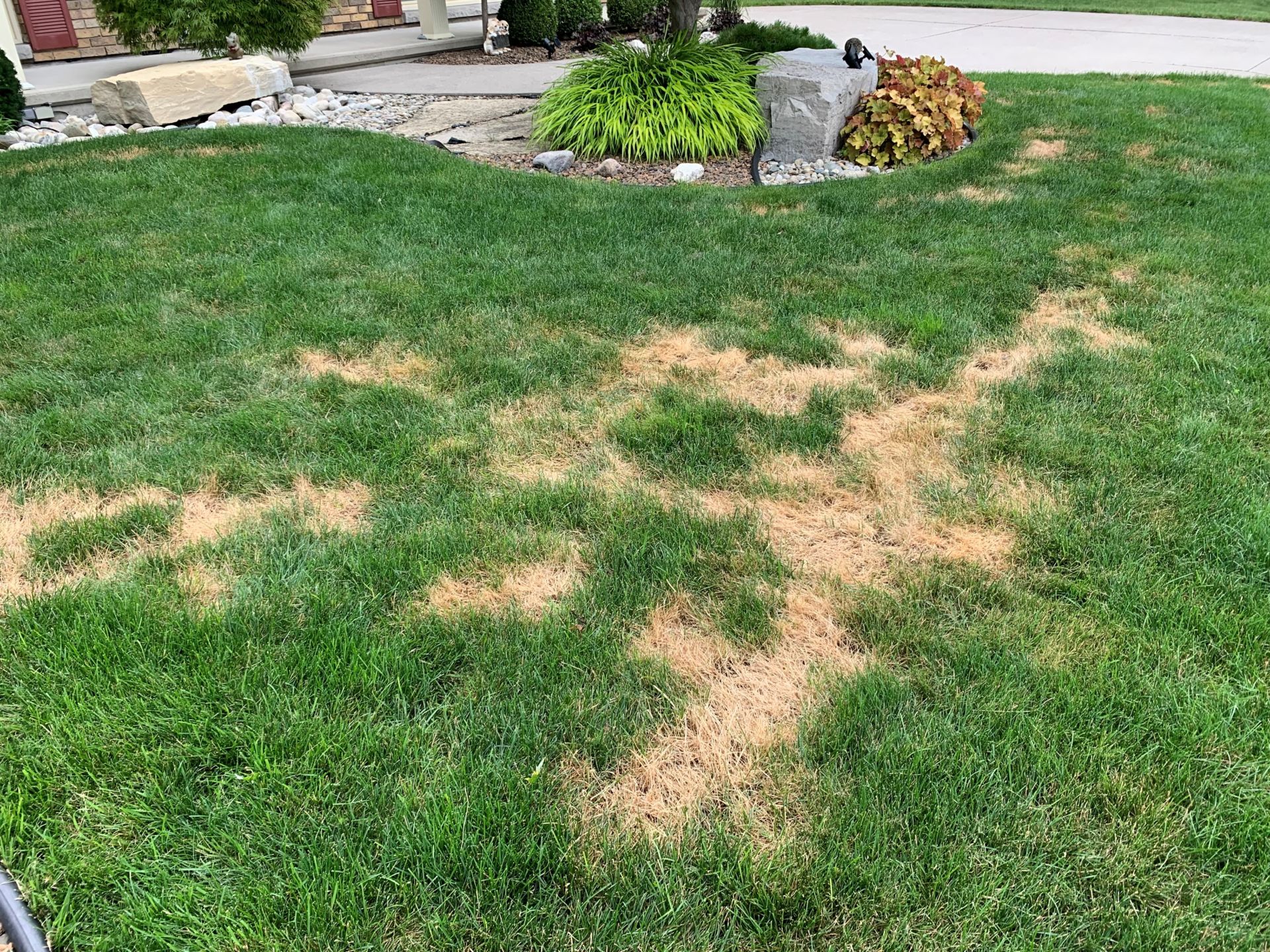Glyphosate
Garden Clippings for July 17, 2021
It is against the law to drive over the speed limit, but everybody does it. It is against the law to use glyphosate (Roundup) around the house, but everybody does it. Almost.
Glyphosate is a Class 7 pesticide, which means retailers are to keep it under lock and key. Or keep it behind the counter so buyers cannot access it without speaking to a salesclerk. And when the clerk hands over a bottle of glyphosate, they are also required to give them a sheet of paper outlining certain details, including the phone number of Ontario’s pesticide hotline.
Homeowners who use glyphosate for cosmetic purposes are breaking the law. It is fine to use glyphosate to protect your health and safety, but not for any other purpose. Not for weeds and grasses in sidewalk cracks and not for unwanted vegetation on gravel driveways.
It would seem odd that glyphosate is available on store shelves everywhere. Box stores, hardware stores and even grocery stores sell glyphosate. Odd, because the only logical purpose for glyphosate is to kill poison ivy. And perhaps stinging nettle and thistle.
Too often, unsuspecting gardeners use glyphosate for the wrong reasons. They will use it as an herbicide to kill weeds, without knowing that it kills grass as well. They will use it in the perennial or vegetable garden to kill weeds, not knowing that it will kill Hostas and peppers as well.
Glyphosate is a non-selective vegetation killer that will kill anything it meets. Spray it on anything green and within a week you will begin to see the plant lose colour. In two weeks the green plant will have turned yellow and will soon become brown.
Glyphosate is not an instant gratification herbicide. There are a few brands that have been modified to work within 3 to 5 days, but the standard product requires 7 to 10 days to show results.
To be effective, glyphosate needs to be sprayed on healthy green leaves. Spraying it on brown bark will not work. Spraying it in winter will not work. Even spraying it during a summer dry spell reduces its effectiveness.
Glyphosate is not a weed preventer. It will kill what is green and above the ground, but will not prevent seeds from sprouting. Oddly enough, you can water grass seed and vegetable seeds with glyphosate, but it should be put away as soon as seeds show green growth.
Sometimes, but not often, glyphosate needs a surfactant (spreader sticker) to be added in the sprayer in order to be effective. Phragmites, for example, has foliage that prevents glyphosate from sticking to the leaf tissue. The solution is to add a small amount of oil to the mix.
As quickly as glyphosate hits soil, it becomes null and void, with no residual after-effects. Sod, seed, new plants and seedlings can be planted in the ground immediately after application.
Don’t look for glyphosate in concentrated form. Retailers in Ontario will only find it in a ready-to-use spray bottle. Only farmers can buy concentrated form, and can only buy it after passing a certification exam and test.
Unlike aspirin for your headache or sugar for your coffee, the “if a little is good, a lot will be better” theory does not apply to glyphosate. Mixing it at double strength won’t give double the results. Foliage does not need to be soaked with spray to be effective. The slightest breeze will cause spray to drift over and harm desirable plants.


